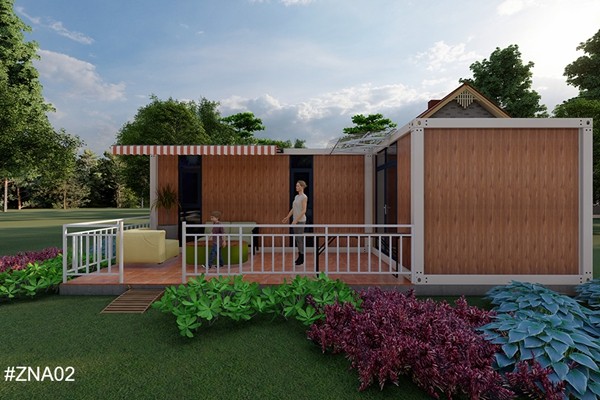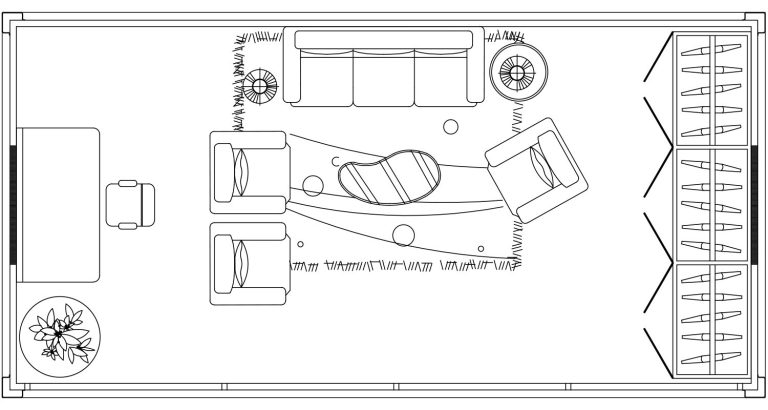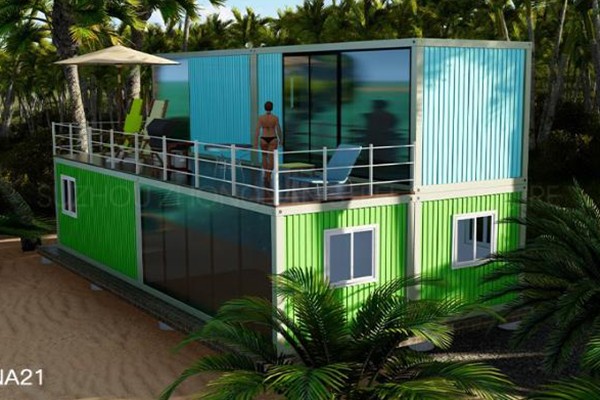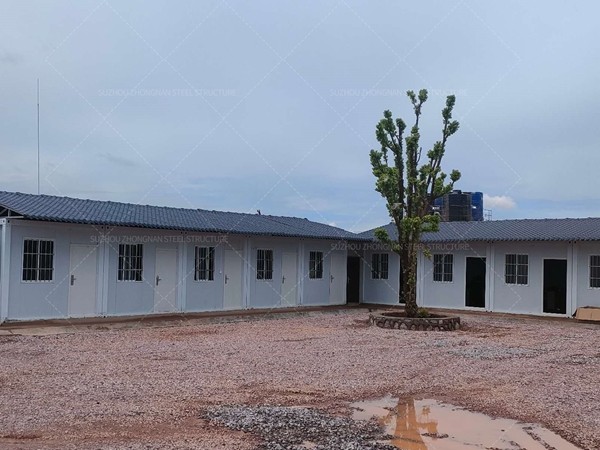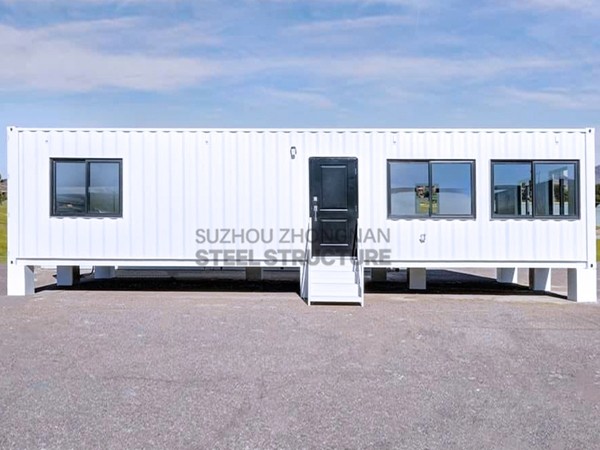cost to install prefab home
The cost to install a prefab home can vary significantly, influenced by a multitude of factors that need expert consideration. As more people look towards prefab homes as a cost-effective and efficient housing solution, understanding these costs in detail is paramount. Drawing from extensive experience and industry expertise, this article delves into the variables affecting the installation costs and provides insights into making informed decisions.
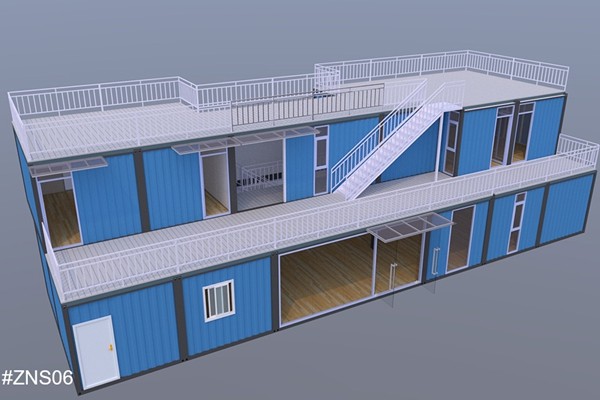
Prefab homes, known for their modern design and relatively quicker construction times, offer an attractive alternative to traditional homes. However, potential homeowners must grasp the full spectrum of costs involved in their installation. The initial cost usually cited is the base price of the prefab unit itself—yet, that's just the tip of the iceberg.
One significant factor impacting costs is the home's design complexity. Prefab homes come in various styles, from basic models to highly customized designs. Customized designs often result in additional costs due to the need for unique construction components or finishes. In contrast, standard models are generally more budget-friendly and benefit from economies of scale in production. For an individual seeking a complex architectural model, it’s advisable to consult with specialized prefab home designers and builders who can provide accurate estimates tailored to specific requirements.
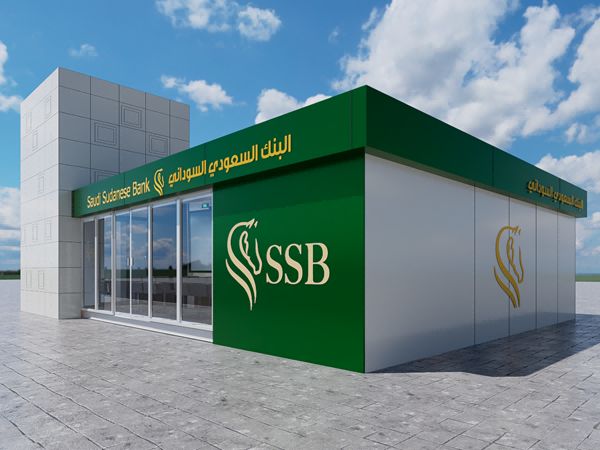
Location plays a critical role in determining installation costs. Variables such as transportation expenses, site preparation, and local labor costs can vary widely. Transporting a prefab home to a remote or challenging location might increase costs substantially. It's imperative to factor in the distance from the factory to the lot when calculating potential expenditures. Moreover, site preparation can involve significant earth-moving work or the installation of utilities and driveways, depending on the terrain and local regulations. Partnering with local contractors with expertise in the area can help ensure a comprehensive budget that accounts for regional considerations.
Moreover, foundation requirements add another layer of cost. Depending on the type of land and local building codes, foundations can range from simple slabs to full basements. Each option has its cost implications. A basement foundation, while more expensive, offers additional living or storage space, potentially increasing the overall value of the property. Consulting with structural engineers and local builders experienced in prefab installations can provide authoritative guidance on the most cost-effective and feasible foundation type for specific sites.cost to install prefab home
Utilities and permits signify another crucial cost component. Connecting to water lines, sewage systems, and electrical grids requires adherence to local codes and often involves considerable expertise. The cost of permits can also vary greatly depending on the municipality. It is vital to engage with local government agencies early in the process to ensure compliance with all necessary permits and regulations, thereby avoiding costly delays or fines.
The interior finish level of the home is another determinant of cost. Prefab homes can be finished to varying degrees of luxury, from basic, functional interiors to high-end, customized finishes that include premium appliances and bespoke cabinetry. The choice between a minimalist and a luxury finish will significantly affect the overall installation cost. Consultation with interior designers and builders with a track record in prefab projects can ensure that interior elements align with budget constraints and aesthetic goals.
Ongoing maintenance and potential future modifications should also be considered to ensure long-term value and reliability of the investment. Understanding warranty terms for the prefab components and securing a reliable maintenance plan can safeguard against future unforeseen expenses.
In conclusion, the cost to install a prefab home involves multiple layers beyond the initial purchase price. A thorough understanding of design choices, site-specific variables, foundation requirements, utility and permit costs, as well as interior finishing and maintenance, is essential. Leveraging the expertise of industry professionals can offer invaluable insights and guidance, ensuring that your prefab home project is not only affordable but also aligns with your vision and long-term living aspirations. Through meticulous planning and expert consultation, homeowners can achieve a balance between cost-efficiency and the realization of their dream home.

